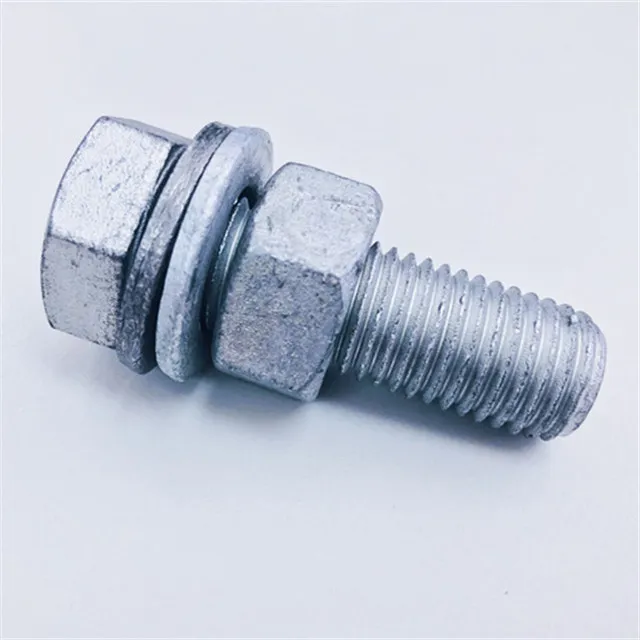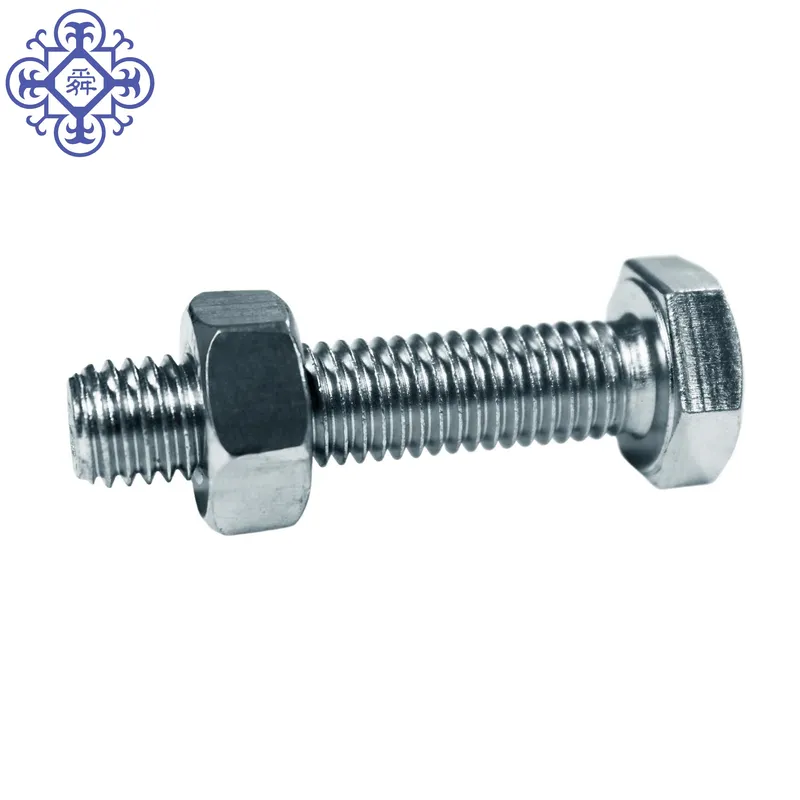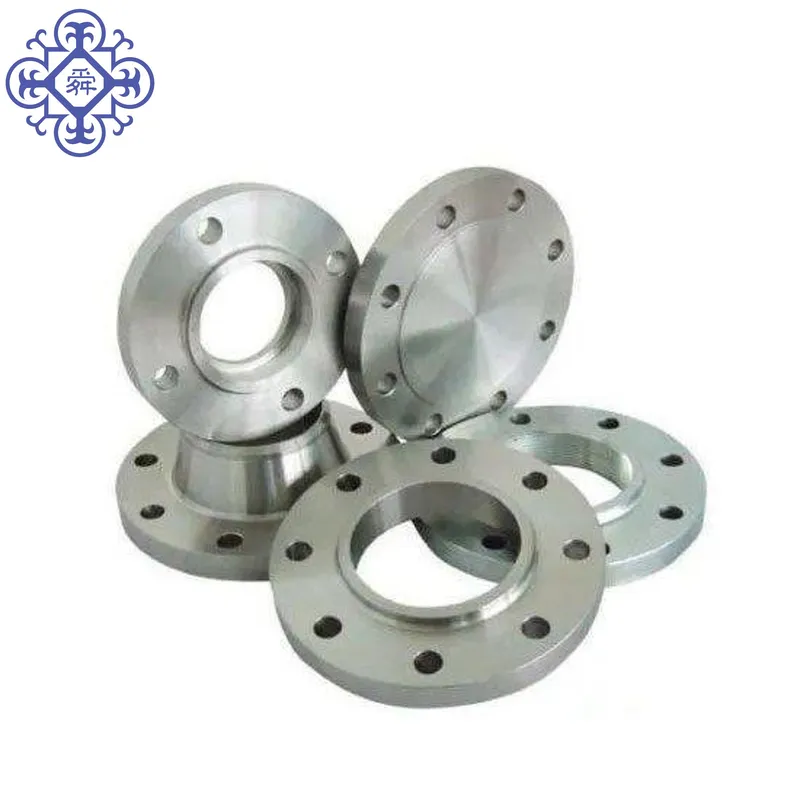
Ọgwụgwọ dị n'elu a na-ahụkarị maka bolts
Isiokwu a na-eweta ọgwụgwọ anọ a na-ahụkarị maka bolts: mkpuchi, na-ekpo ọkụ, electroplating, na Dacro. Metzọ ndị a nwere ike ime ka nguzogide na-eguzogide na ọdịdị nke bolts. Ibe mkpuchi na electroplating nwere ike ime ka a na-eme ka ọ dị elu, Mana ha anaghị agbanwe agbanwe ma na-akpụ akpụ; na-ekpo ọkụ-mikpuo na dacro nwere ike ịkwalite ikike mgbochi corris, mana elu adịghị mma. Ugbu a enwere usoro nke na-akwụghị ụgwọ ọrịa hexavalent nke dacro, nke na-emetụta gburugburu ebe obibi. Nkeji edemede a na-ewebata uru na ọghọm nke usoro ọgwụgwọ ọ bụla, yana ịdị mkpa ha.



